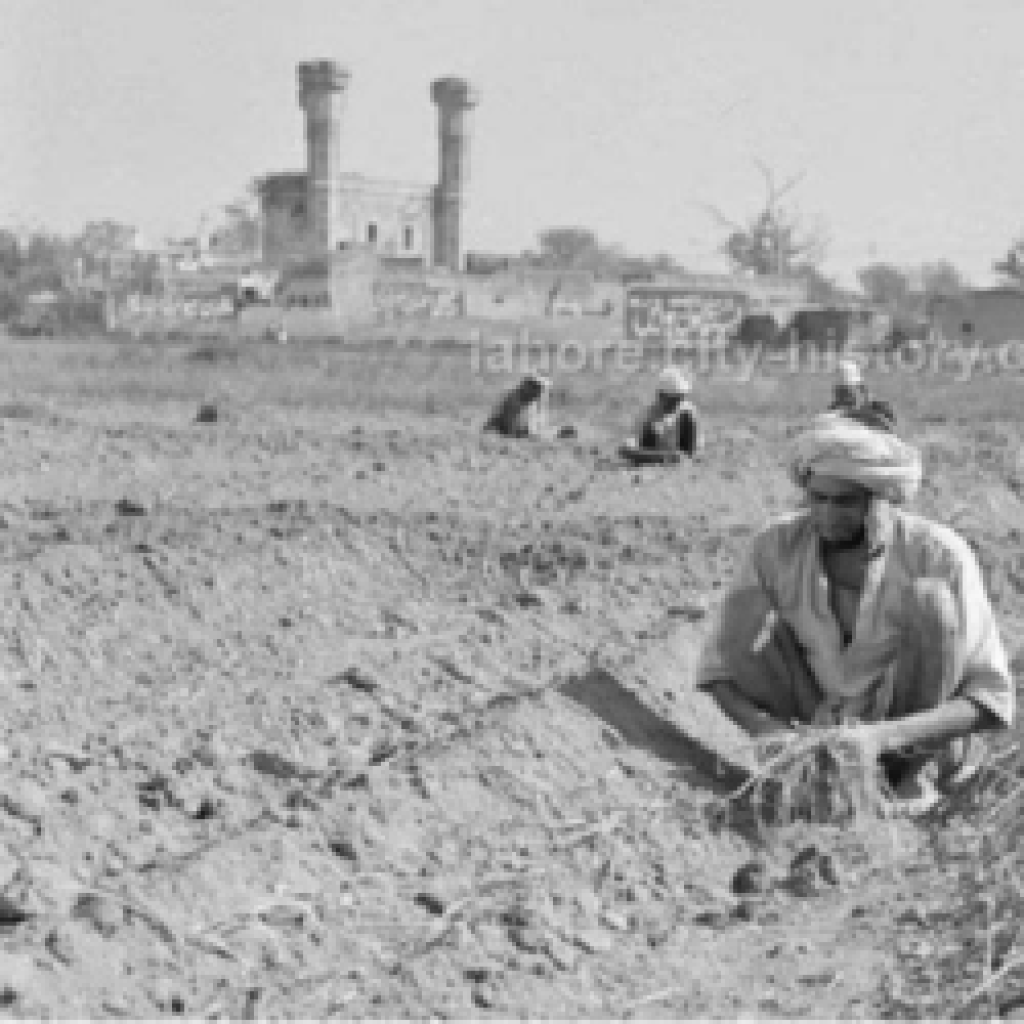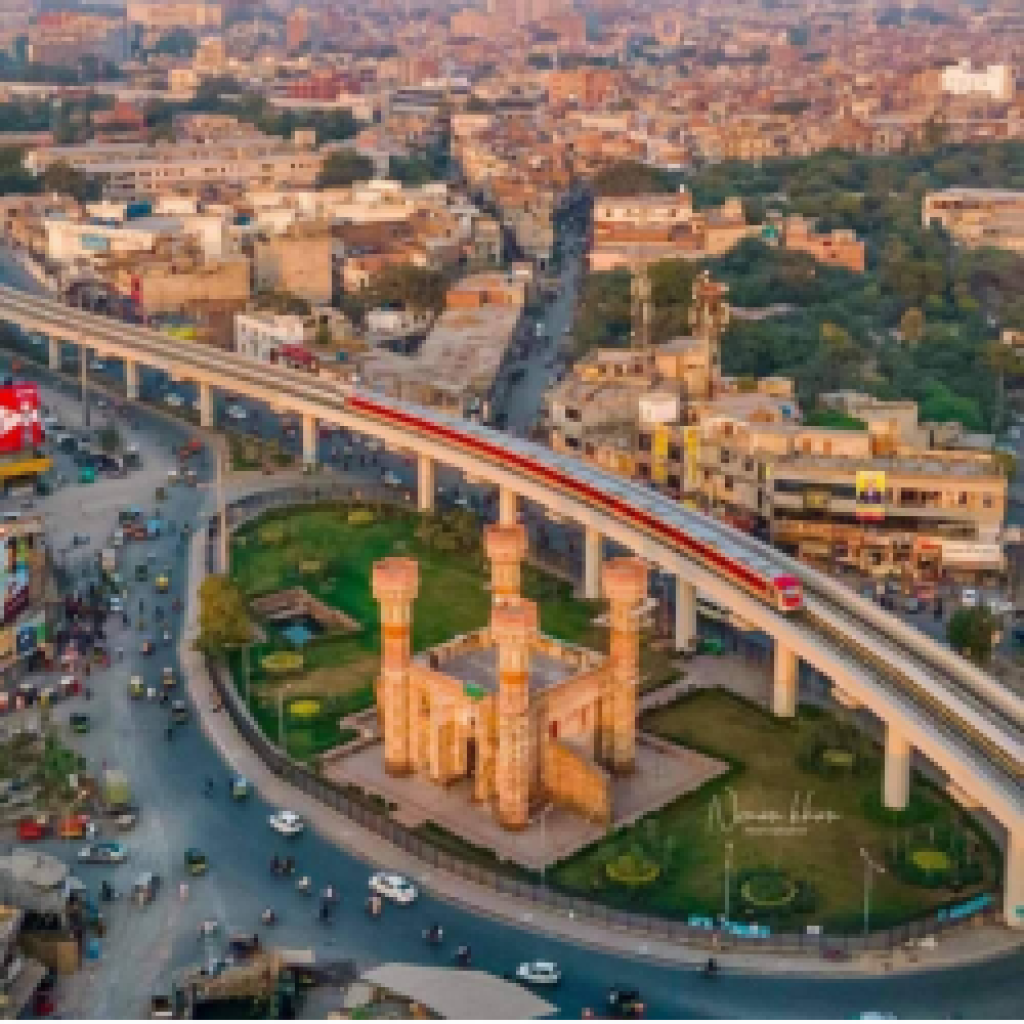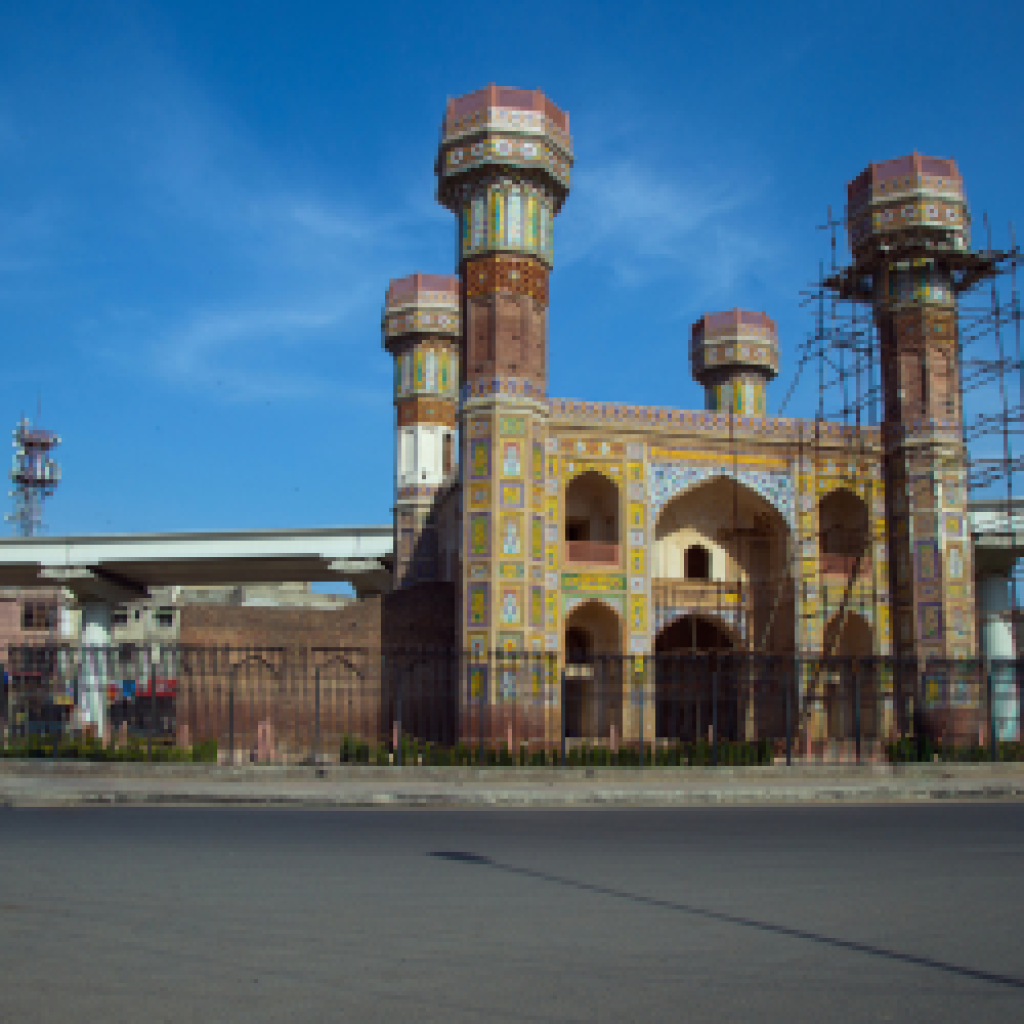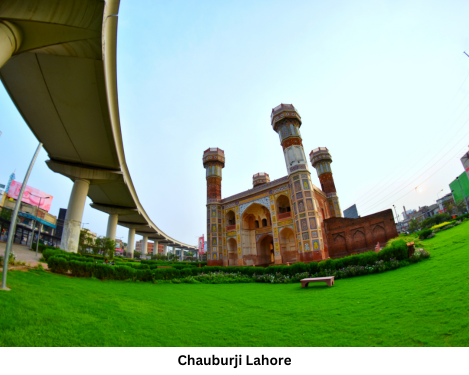Introduction:
Chauburji Mughal-era monument nestled in Lahore, Pakistan, is a testament to the grandeur of the past. Constructed in 1646 C.E. during Shah Jahan’s reign, it once served as a gateway to a sprawling Mughal garden, though the garden’s existence was likely erased by river floods. Now situated in a bustling roundabout at Multan Road and Bahawalpur Road intersection, It stands as a poignant relic of history.



Historical Significance of Chauburji:
Originally part of a garden complex, its name, meaning “four towers,” suggests a monumental entrance. Unfortunately, the garden succumbed to time and natural forces. The monument faced adversity in 1846 when an earthquake damaged the northwestern minaret and caused cracks in the central arch. The government undertook a meticulous restoration in the late 1960s, preserving its historical charm.
Architectural Syncretism:
Chauburji’s architecture is a fusion of Mughal, Timurid, and Perso-Arabic styles. Its distinctive feature is the minarets that widen dramatically at the top, a rarity in the subcontinent. Listed on the Protected Heritage Monuments of the Archaeology Department of Punjab, It stands as a living testament to the rich cultural amalgamation of its time.
Tour Attractions:
Join Gypsy Traces & Tours to discover the allure of Chauburji, a Mughal masterpiece in Lahore. Uncover its rich history, architectural synthesis, and the meticulous restoration that preserved its grandeur. Immerse yourself in the echoes of the past at this protected heritage monument.


0 Comment